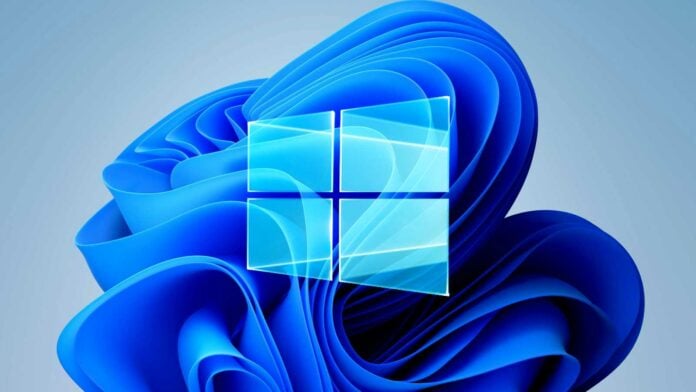Over the past three years, people haven’t exactly raced to upgrade to Windows 11. Fortunately for Microsoft, things are now picking up for the modern operating system (OS), which will soon supplant Windows 10 for gamers.
After a rocky period that saw many, including yours truly, revert back to Windows 10 just a couple of months ago, it looks like things are back on track. According to Statcounter, June marks the second month of growth for Windows 11, reaching an all-time high of 29.75%. Naturally, this peak still pales compared to Windows 10, which accounts for two-thirds of all Microsoft PCs at 66.04%. Still, it’s a start.
Much of this growth comes from gamers, who seemingly have no issue with swapping operating systems. The Steam Hardware Survey for June shows an almost even split between the two. Windows 10 leads the charge, covering 49.42% of gamers on the platform, while Windows 11 nips its heels at 46.63%. Since the ageing OS nearly lost a full percent and its successor gained half, it looks like Windows 11 will become the dominant operating system by August.
Microsoft’s struggles aren’t exactly a surprise. Windows 11 has suffered numerous bugs, including endless boot loops and missing start menus. I’ve been at the mercy of a few, with drivers playing havoc and blue screens becoming a daily occurrence. Even the company’s core strategy of inserting ads left, right, and centre has rubbed people the wrong way.
Aside from reputation, part of the slow adoption simply comes from a lack of need to. All gaming features that were originally billed as exclusives, including DirectStorage and AutoHDR, are available on Windows 10.
The real test will come when Microsoft ends Windows 10 security updates on October 14, 2025. As much as I prefer the older OS, there’s no way I’d recommend anyone leave their internet-connected device vulnerable.


